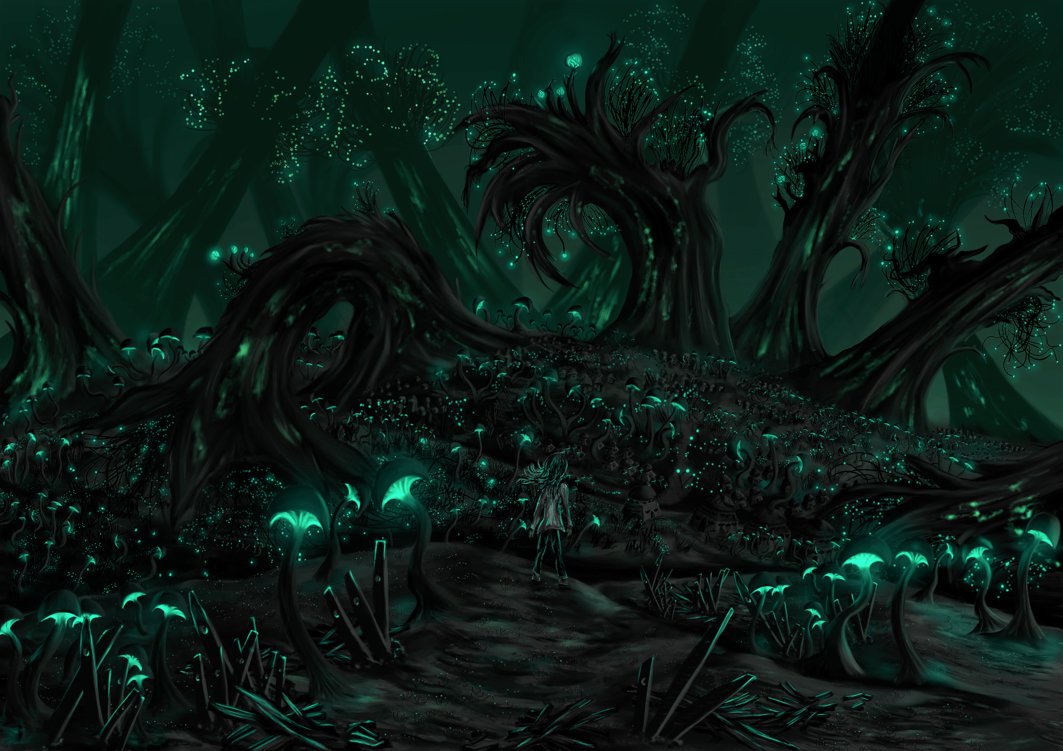Ozolithian Mold
It is unknown how Ozlith came across the mold. Some even believe that they invented it. Some strange experiment that went perfectly right. When the long war came Ozlith produced it in mass. During their exodus, the Mhirrians brought the mold with them, though they never could replicate the fields of growths that their ancestors possessed. The mold and its cores are used for many things like potions, rituals, smithing, architecture and more. However, the mold is rare and those who use it are usually either very powerful and wealthy or connected to those that are.The membrane is often used as is or cooked.
Type
Biomaterial
Odor
The mold has no odor but does emit a sweet smell when cooked
Taste
The mold is tasteless and absorbs the flavors of what it's cooked in.
Color
Black
Remove these ads. Join the Worldbuilders Guild


Comments